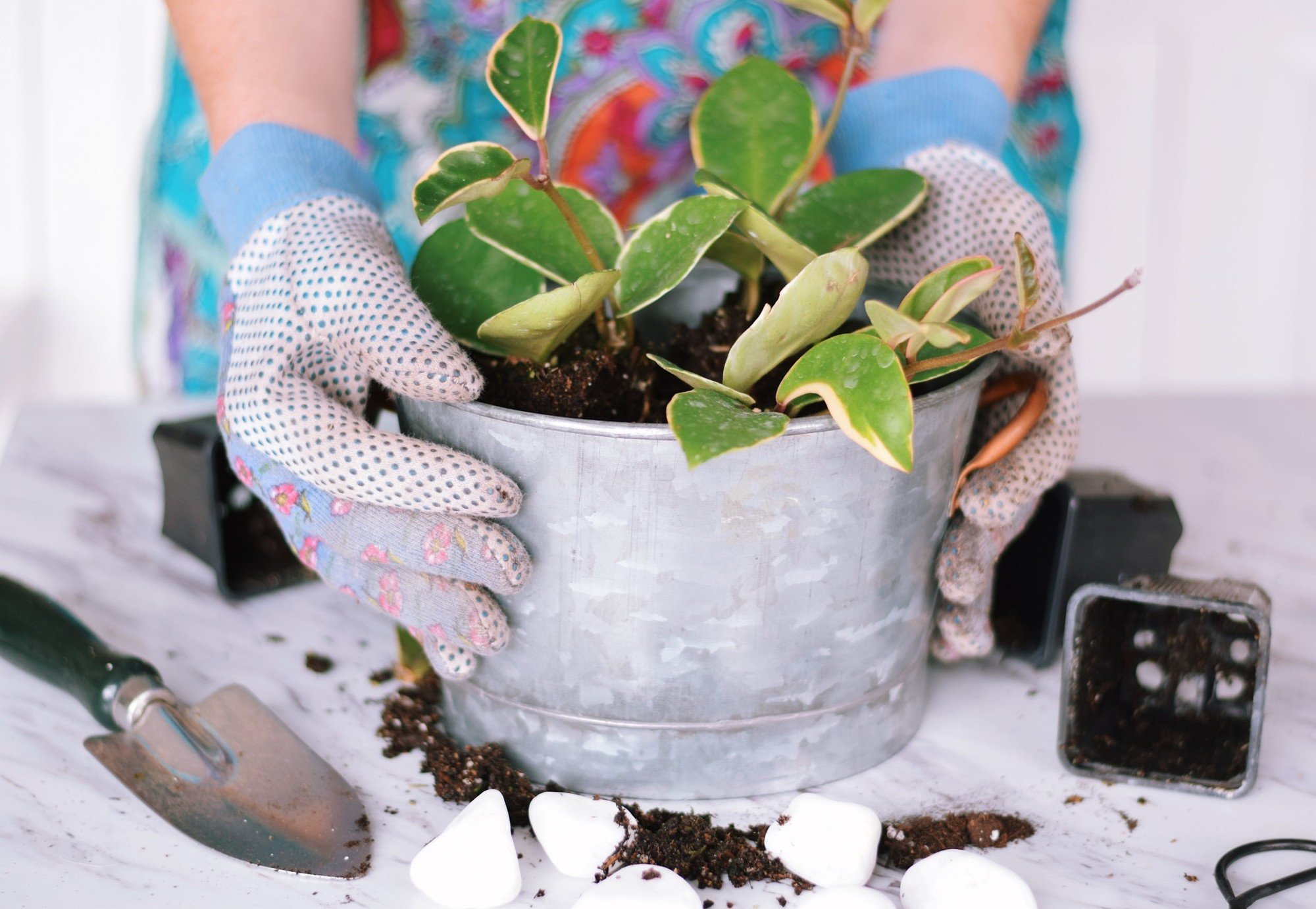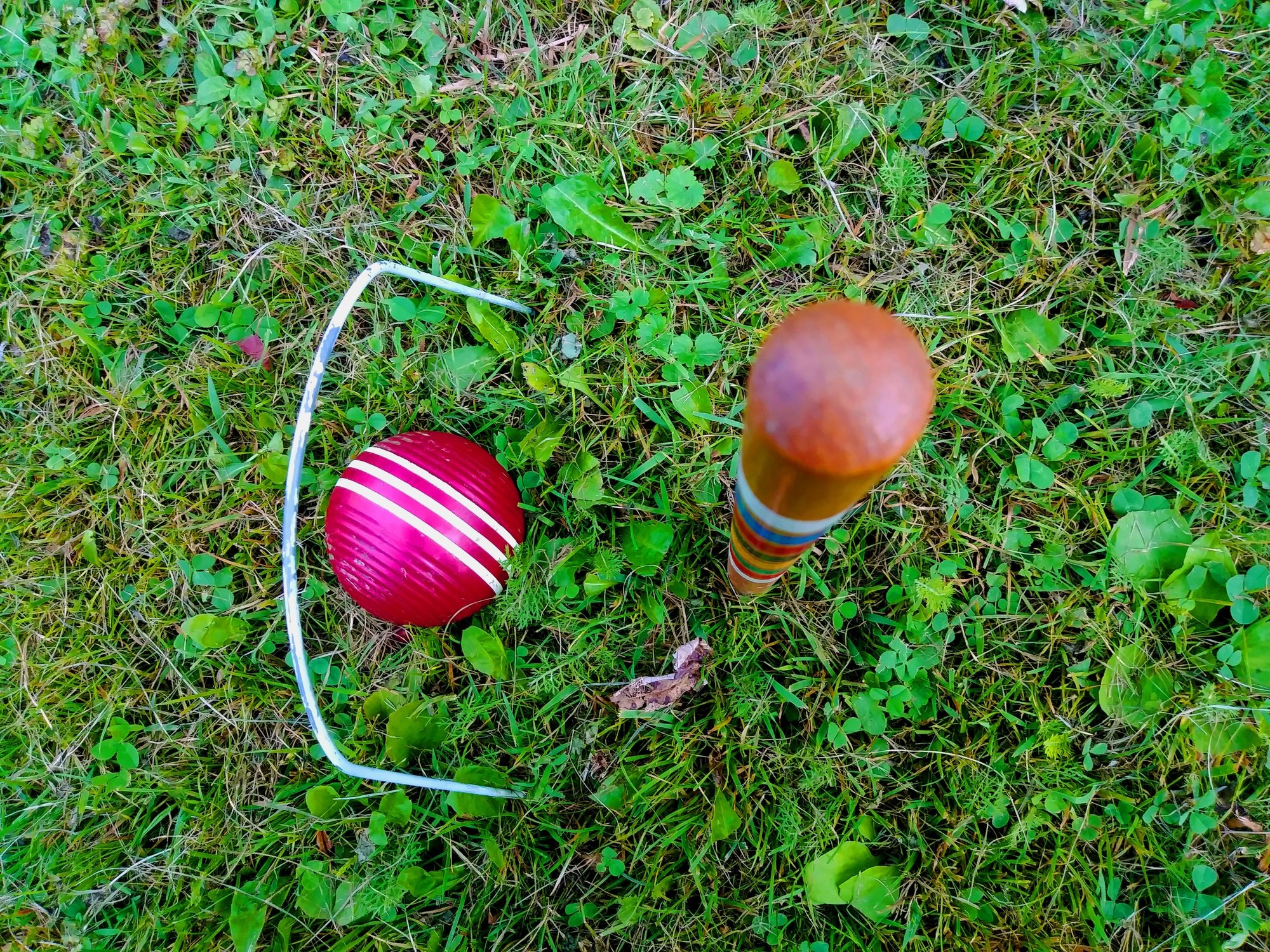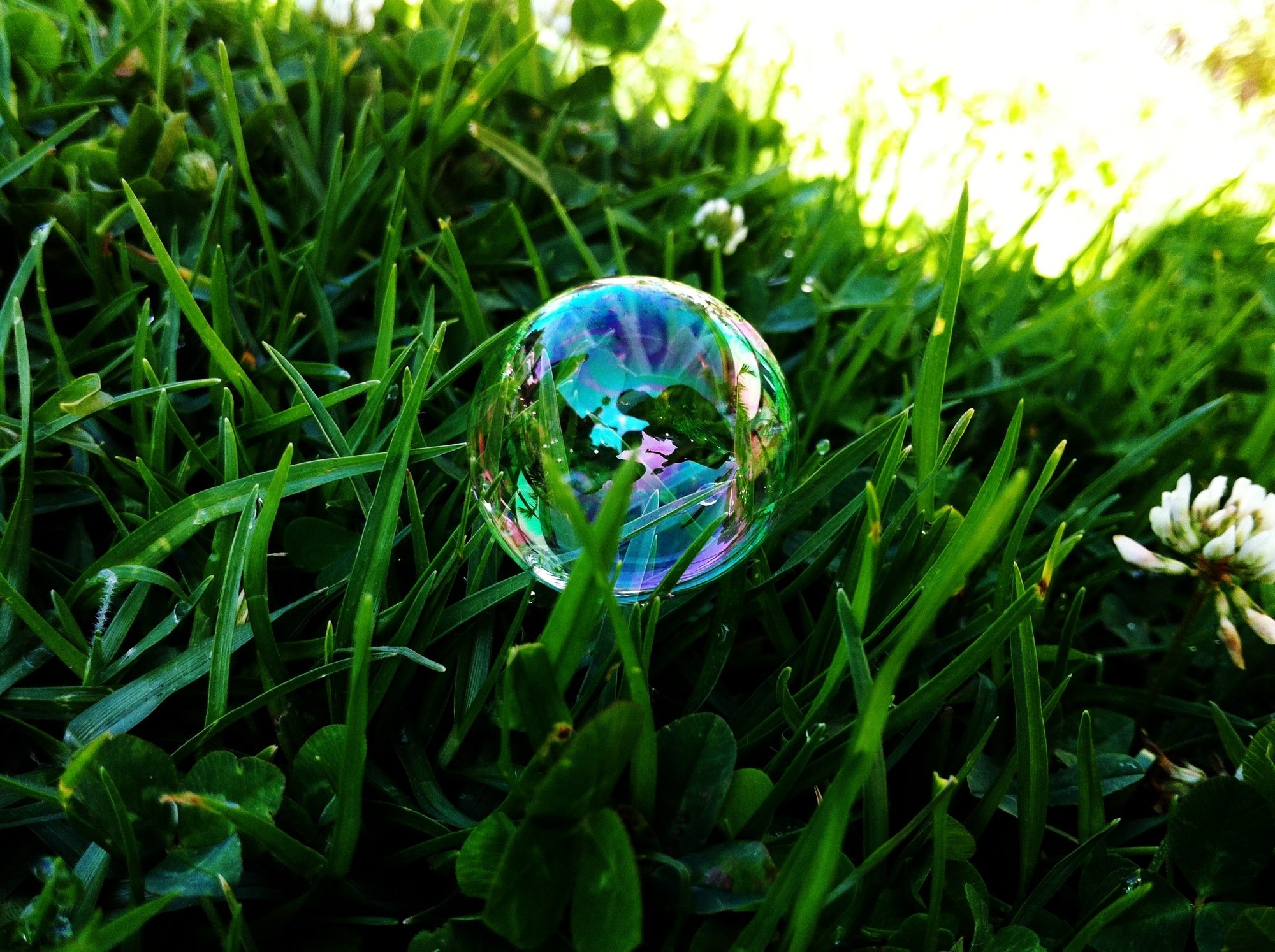
It's that time of year again — time to plant all the flowers, plants, trees, and gardens. Bring on the fresh fruits and vegetables. It can be a lot of work but totally worth it, especially if someone's got a green thumb. Gardening hacks are gardening the abridged version.
For first-time gardeners, or those trying to save some time, gardening hacks are a great way to optimize growth potential while minimizing failures. With a little luck and some guidance, anyone can be an amazing gardener, even without a natural inclination for horticulture. No green thumb? No worries because here are all the gardening hacks to make the most of spring.
Cinnamon To Prevent Disease

Cinnamon sprinkled in the soil of seedlings can help stop and prevent diseases in the soil. Cinnamon has antifungal qualities that help keep the seedlings from rotting, meaning we're more likely to have a whole bunch of seedlings. Some people even swear by this spice for pest control.
Garden Tools at the Ready

Want to keep gardening tools close at hand but not just laying around? Install a cute mailbox in the gardening area and store tools for easy access. The mailbox will also shelter the tools from rusting or getting damaged due to rain, snow, and sun.
Game Pieces Repurposed

Tired of accidentally dragging the hose through the garden and destroying the plants? Why not make a holster for the hose to keep it controlled? Old croquet wickets work perfectly. Install the wickets, feed the hose through and get back to destruction-free gardening.
Fruit Seed Starters

An alternative to tiny pots for acid-loving seedlings, like peppers and radishes, are grapefruit, orange and other citrus rinds. They're the perfect size for starting new seedlings. Make a small hole in the bottom for drainage, add some damp soil mix, then sow the seeds. Once it's time to transplant outside, plant the whole thing in the ground.
Plant Hydration

To prevent root rot from overwatering, cut up old sponges and line the bottom of the pot. Sponges help prevent water from pooling at the bottom of the pot and drowning the plants. We wish we had known this hack before we killed half a dozen houseplants.
Suffocate Weeds

Yes, it sounds ominous and yes, it's effective. Cover a garden with newspapers to keep weeds down. Then, cover the newspaper with a layer of mulch. This will help to essentially "suffocate" any of those pesky weeds from taking over the precious garden.
Zip-Tie Control

Have vines gone wild? Give them a little direction by loosely fastening zip-ties around the vines and attaching them to a stable surface. This will also help control the direction the vines grow in — especially if one is trying to "train" them to grow on a trellis or arch.
Streamlined Replanting

For those who didn't know, one should never yank flowers or plants out of the plastic pots by their stems because it can damage them. Instead, use a knife to cut down the sides of the pot to free the plant. Gently remove the plant from the pot, then replant (or repot).
Epsom Salt Fertilizer

Epsom salt contains magnesium, which helps seed germination and can aid healthy growth. Misting plants with an Epsom salt and water mixture increases growth. The best part of this hack? Most of us probably already have Epsom salts hanging out in the bathroom.
Milk Jug Soil Saver

Fill the bottom of deep planters with empty, crushed milk jugs. Pour soil on top and then plant the plants. The jugs help with drainage, aeration, and the health of the soil. Most of us probably have at least a couple jugs in our recycling bins just waiting to be reused.
Cooking Water Plant Fertilizer

After boiling vegetables or eggs, don't throw the water out. Keep the water, let it cool and pour it onto your plants as an awesome natural fertilizer. Waste not, want not. We love how easy it is to simply reuse things we already have around the house to help with the health of our plants.
Lawn Edging for Dummies

No edger but want the perfect lawn and don't want to spend a small fortune? Enter the humble wooden board. That's right, a 2-by-6 wooden board makes for a super affordable DIY edger. Place the board on the edge of your garden or lawn, hold with your foot while cutting a line with a flat spade.
Milk Jug Watering Can

One doesn't need a fancy $30 watering can when a plain old plastic milk jug will do. Simply drill some holes in an empty milk jug lid, then fill the jug up with water and water the plants. See? Problem solved — for free!
Coffee Grounds Insecticide

Save those coffee grounds that one would normally just pile up in the trash can and mix a little with the fertilizer. This combination will help keep ants and slugs away — two major killers of plants. And Mother Earth will be happy about all the recycling and reusing we just did.
Weed Killer Vinaigrette

Vinegar is truly the ultimate multi-use product. When vinegar is sprayed on plants, it drains moisture from leaves, and causes the plant to die. If you want to get rid of weeds in your yard, spritz them with vinegar and wait for them to shrivel up and disappear.
Honey Growth Serum

Want those plant cuttings to take off? Honey is a great natural root hormone and also an antifungal. Mix 1 tablespoon of honey with 2 cups of boiling water and let cool. Simply dip cuttings into the mixture before planting. Just think of it as a face mask for plants.
Vacation Watering Source

Going on vacation and need to keep plants watered but don't want to hire a house sitter? Roll up some paper towels, soak them in water and put the other end in a glass of water. Lay the wet towel across the soil and enjoy vacation while water slowly absorbs from one end of the paper towel to the other, making sure the plants stay watered even when alone.




